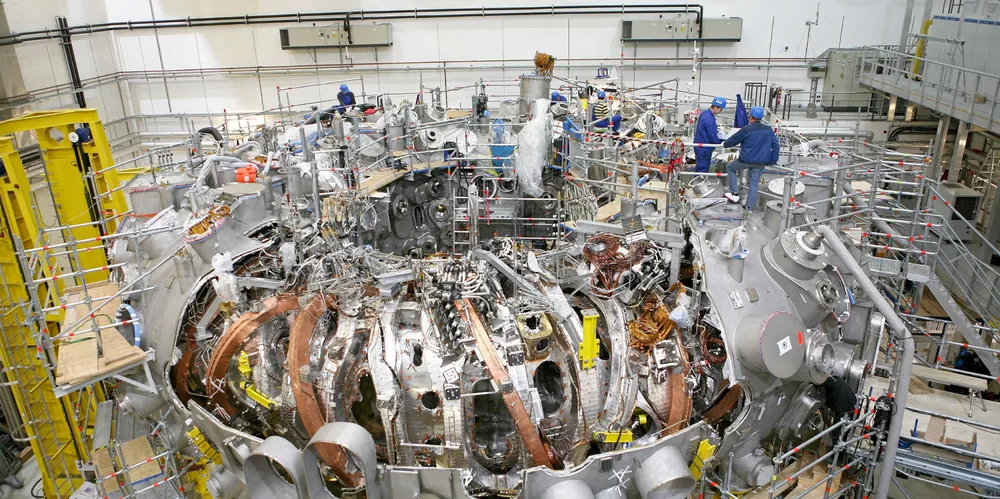Unleash the 'stellarator': fusion pioneer raids Google, Tesla and Harvard in limitless clean energy quest
Start-up from Germany's Max Planck Institute joins host of companies chasing energy transition 'holy grail'

Start-up from Germany's Max Planck Institute joins host of companies chasing energy transition 'holy grail'
